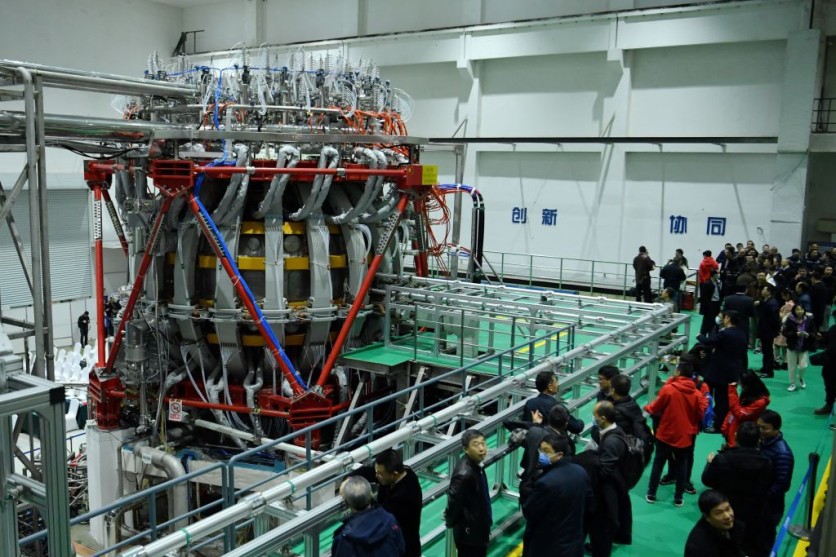China aims to produce unlimited clean energy via nuclear fusion by 2028, according to Interesting Engineering. The biggest pulsed-power plant will be built in Chengdu, Sichuan province.

The Z-pinch machine that mimics the thermonuclear bomb's fusion process through electric pulses will be used in the Chinese power plant. Initially, they were used to create atomic weapons because of the plasma distortions that caused them to collapse. It is only recently that it was seen as a potential way of nuclear fusion energy.
With that, a full-scale nuclear fusion plant through this technique is possible in the future based on the new methods for plasma stabilization, such as the sheared axial flow process.
However, the fusion process at the new plant will introduce particles into uranium first to fuel the fission reactor.
Why Nuclear Fusion
Nuclear fusion can imitate the natural processes of the Sun, which will result in huge amounts of energy produced when hydrogen atoms collide to form helium atoms. The form of energy production is better compared to other methods because it has no greenhouse emissions.
Still, there is no discovery that doesn't come with challenges. Since nuclear fusion is so strong, the circumstances that should exist for it are challenging to mimic on Earth. Why? The fuel should be heated, similar to how hot the Sun is. Then, it's highly possible that the reaction chambers will deteriorate over time because of the neutrons that are released during the reaction.
The size and cost of the existing reactor chambers make not also be the choice for electricity production for everyday customers. In addition, the plasma also takes a lot of energy in the process. Therefore, more energy goes out of the system than what is made. Aside from that, the hydrogen fuel tends to break down through the ionized particles. As a result, the cells are full of holes over time.
The Race to Clean Energy
With the development of research and technology, the cost and size of the reactors can be reduced. In comparison, reactor will start to look promising in the future due to the contributions of private companies and government-funded projects. Nuclear fusion is considered the world's first clean source of unlimited energy, and it may still be the answer to our future energy needs.
It seems to make a good competitor to Hydrogen or even solar energy. It's not just a simple fusion process, but researchers are working to find ways to stabilize the plasma. In fact, there are new innovations made wherein neutrons will be replaced with deuterium and tritium, which can enhance the efficiency of the process. Just like any other research and technology, it will take more time before this can be further developed. We can call the race for clean energy between solar, wind, and nuclear a dead heat in the future.
Related Article: New Nuclear Fusion Experiment Produces 59 Megajoules of Energy-Leading To New World Record
This article is owned by Tech Times
Written by April Fowell
ⓒ 2025 TECHTIMES.com All rights reserved. Do not reproduce without permission.




